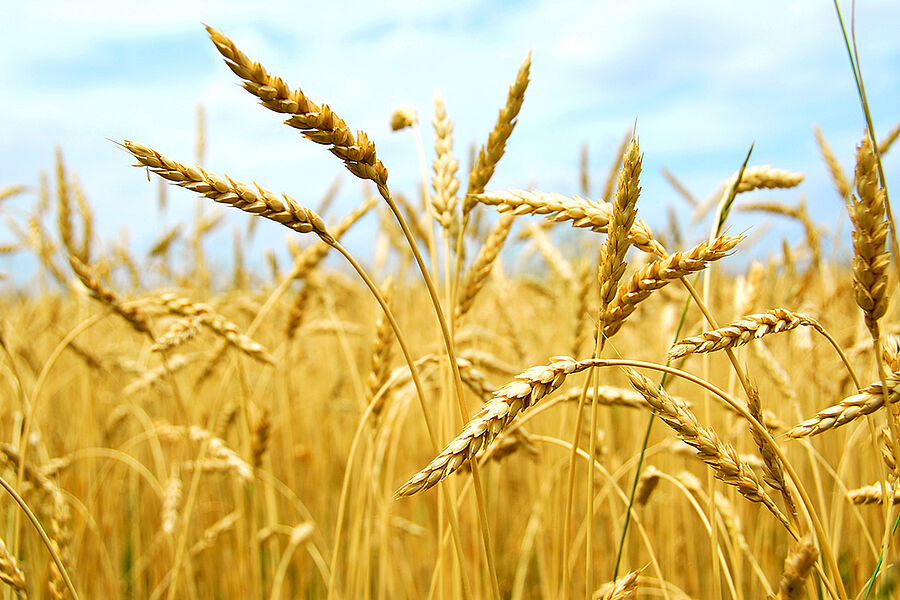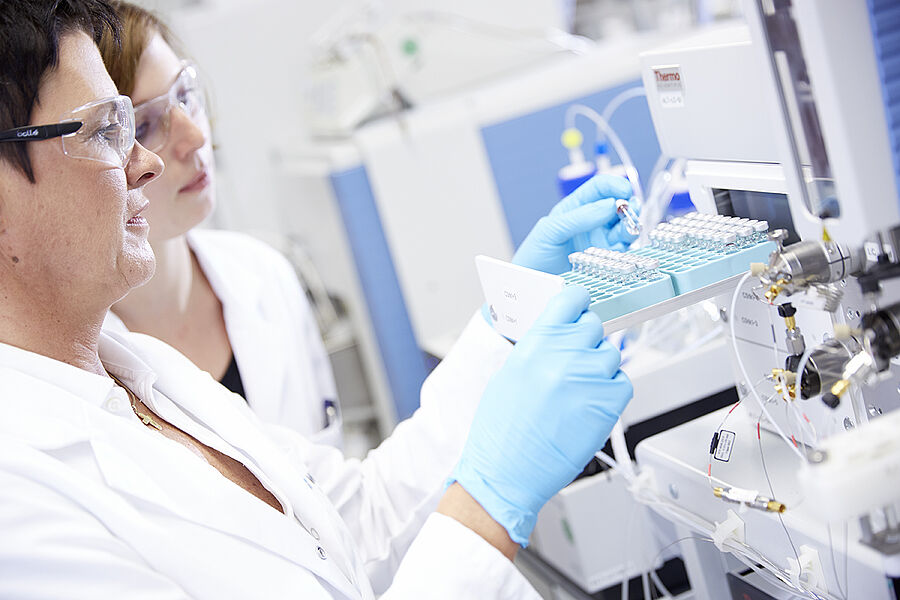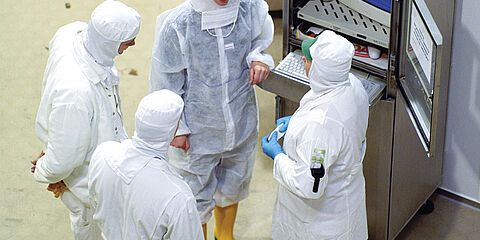New sampling and analysis regulation on mycotoxins and plant toxins in food planned and adopted
A revision of “Commission Regulation (EC) No 401/2006 of 23 February 2006 laying down the methods of sampling and analysis for the official control of the levels of mycotoxins in foodstuffs” has been planned for several years. A corresponding regulation for plant toxins in food is also on the way.

Revision of Regulation (EC) No 401/2006 and Regulation on plant toxins in food – what is being planned?
The aim of the new regulations is to harmonise the sampling procedures and performance requirements of the analysis methods. The same sampling regulations will apply for each product group. Sampling procedures for dried herbs and teas will also be integrated.
The analytical methods are now subject to standardised performance requirements for all legally regulated mycotoxins and plant toxins. Standardised criteria for method validation (recovery, precision, limit of quantification, measurement uncertainty) are specified. As in the analysis of plant protection products, a general expanded measurement uncertainty of 50 % is used when reporting the results. For the calculation of sum parameters - for example aflatoxins and fumonisins - the so-called “lower-bound approach” will apply. This means that all individual values below the limit of quantification are included in the total with “zero”.

When will the new versions of the regulations come into force?
The final draft regulations were recently adopted by the Standing Committee on Contaminants. Both regulations are to apply from 1 April 2024. Long transition periods are planned for the changeover to the new requirements for analysis methods. For mycotoxins, this deadline is to apply until 1 January 2029, for plant toxins until 1 July 2028. Both ordinances are expected to enter into force 20 days after their publication.
Reliable detection of residues and contaminants in food – our range of services
Our food analysis experts have also been following this development in the field of mycotoxin analysis methods for some time. To be well prepared for the new requirements for analyses, we have established a multi-method for mycotoxins in certain food matrices that will meet future performance requirements.

Simultaneous detection of the following mycotoxins is possible in accordance with the Contaminants Regulation (EU) 2023/915:
- Aflatoxin B1, B2, G1 and G2 and their sum
- Ochratoxin A (OTA)
- Deoxynivalenol (DON)
- Zearalenone (ZEA)
- Fumonisin B1 and B2 and their sum
- Citrinin
We also use our multi-mycotoxin method to record other substances:
- T-2 and HT-2 toxin
- Alternaria toxins: Altenuen (ALT), alternariol (AOH), alternariol monomethyl ether (AME), tentoxin (TEN) and tenuazonic acid (TEA)
- 15-acetyldeoxynivalenol (15-Ac-DON) and 3-acetyldeoxynivalenol (3-Ac-DON)
- Fusarenon X (FX)
- Nivalenol (NIV)
- alpha-zearalenol and beta-zearalenol
- Fumonisin B3
- Enniatin A, A1, B and B1
- Cyclopiazonic acid (CPA), mycophenolic acid, penicillic acid, Penitrem A and Roquefortin C
- Sterigmatocystin
Our experts also offer individual methods for the analysis of mycotoxins aflatoxin M1, patulin and ergot alkaloids in food in accordance with the Contaminants Regulation (EU) 2023/915.
Your contact concerning food analysis
- Christina Witt
- +49 2505 89-633
- food@wessling.de

„If you have further questions about mycotoxins and plant toxins, or if you are generally interested in our analyses, please do not hesitate to contact me.“



